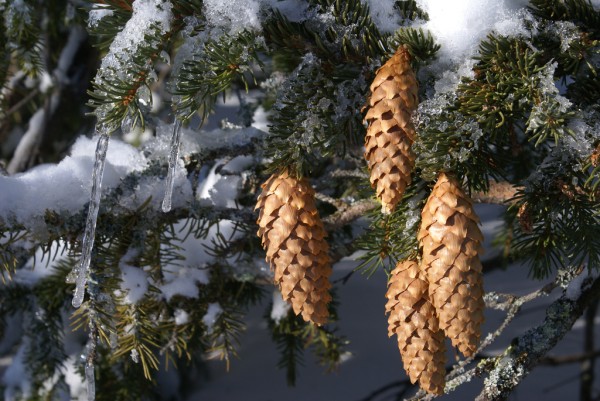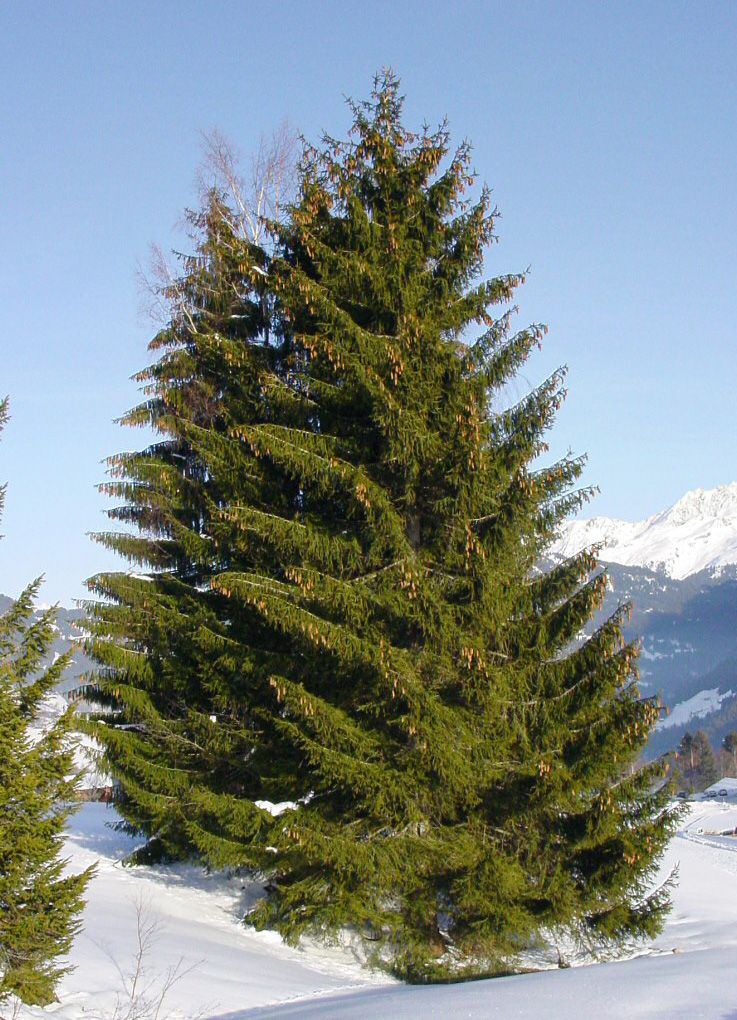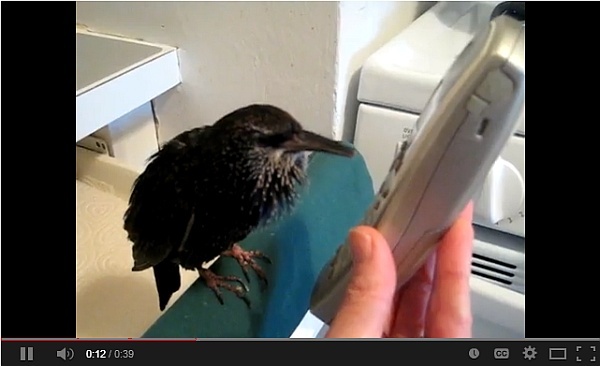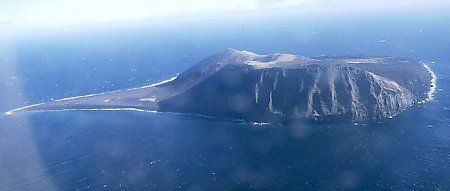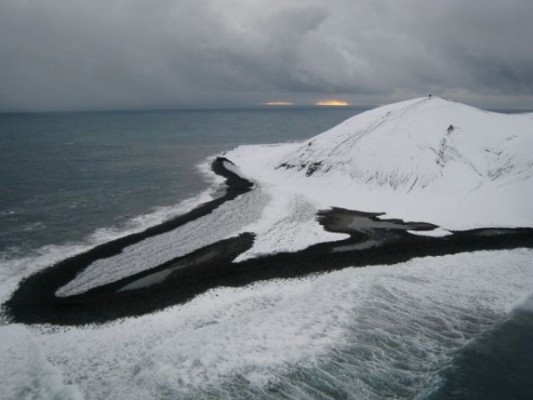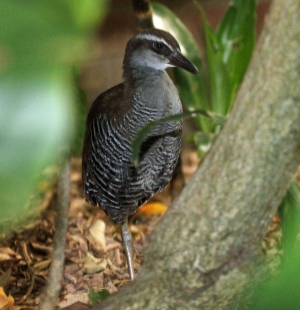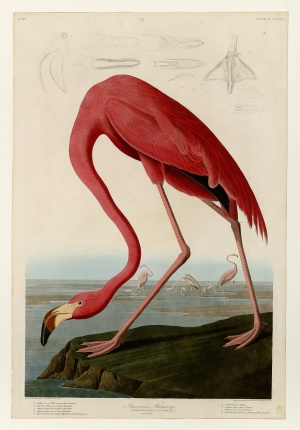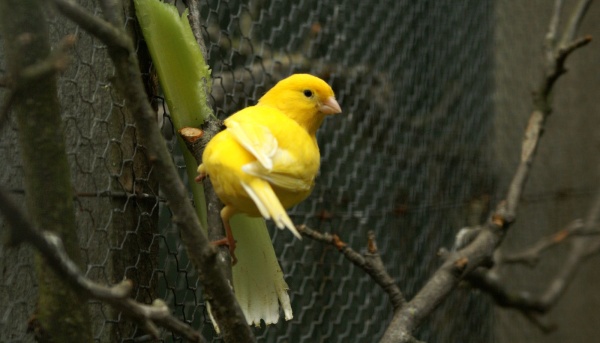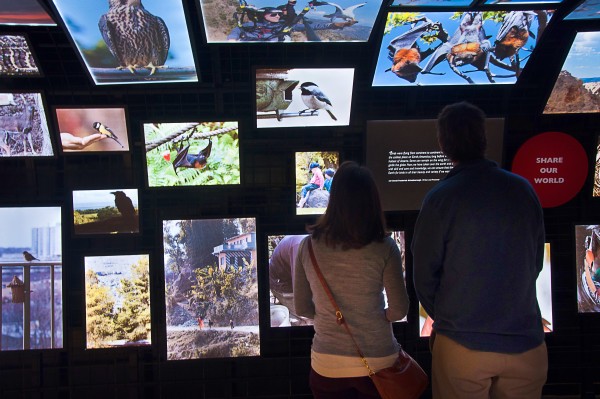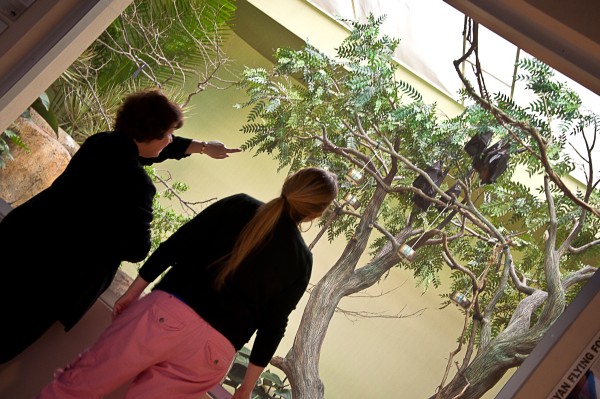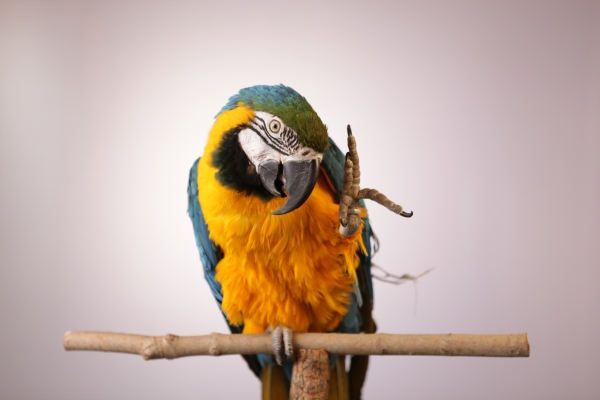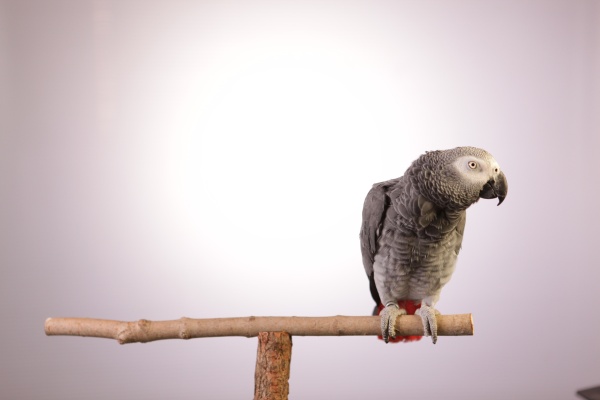
If you watched Parrot Confidential on PBS NATURE last night you know that people fall in love with parrots’ charm and beauty but often adopt them with almost no information on their needs.
Unfortunately there aren’t many ways to learn about parrots except by trial and error. This can lead to huge frustration and the birds’ surrender to an uncertain future.
If you already own a parrot or are contemplating a purchase or rescue, where can you turn?
Parrot Confidential’s website provides a list of conservation, sanctuary and advocacy resources across the U.S. Even better, if you live in Pittsburgh you can get a hands-on education at the National Aviary’s Positive Parroting classes.
Twice a year Dr. Pilar Fish (head avian veterinarian) and Cathy Schlott (manager of bird training) conduct three two-hour classes that provide practical resources and information to lower frustration and keep the bird united with the owner.
I spoke with Dr. Pilar Fish about the classes. She’s a life-long parrot owner, former rescuer and parrot advocate. In fact she became a bird veterinarian because of her love for parrots. She can tell you that owning a parrot is a totally absorbing hobby, a lifelong relationship and a lifestyle-changing commitment. As she says, “I’ve been there. I want to be a resource.”
Most people don’t realize that parrots are advanced, complex animals. They have the intelligence and problem-solving skills of toddlers (African Greys are like 6-year-olds!) but the emotional maturity of a 2-year-old. Imagine a child in its “terrible twos” confined to a small space with a single toy and the same food day after day. Of course he’ll have tantrums!
In class you’ll learn how to adjust for the bird’s natural behavior. What do these birds do all day in the wild? If you provide your parrot with his natural routine and toys to occupy his mind he’ll be much happier. So will you. In class you’ll get a “cookbook” of habitats, schedules and tips and you’ll make toys to occupy your parrot and enrich his life.
The second part of Positive Parroting is about problem solving. Cathy Schlott teaches how to train your bird in a positive way, reward good behavior and deal with behavioral issues. She gives live demonstrations using the Aviary’s own parrots, some of whom are former pets.
Fall classes have already begun. The first class, The Healthy Happy Parrot, was held on October 26. Still to come are:
- Pet Bird Enrichment, this Saturday November 16, 2013, 10:00 am—12:00 pm. (enhance natural behaviors)
- Training Your Pet Bird, Saturday December 7, 2013, 10:00 am—12:00 pm (problem solving)
Click on this link for information on Positive Parroting. Education is good!
p.s. If you haven’t seen Parrot Confidential yet, watch WQED’s rebroadcast at 5:00am tomorrow, Friday November 15. The online broadcast is available at Parrot Confidential’s website.
(photo of African Grey Parrot courtesy Joe Brunette/©2013 THIRTEEN Productions LLC)
